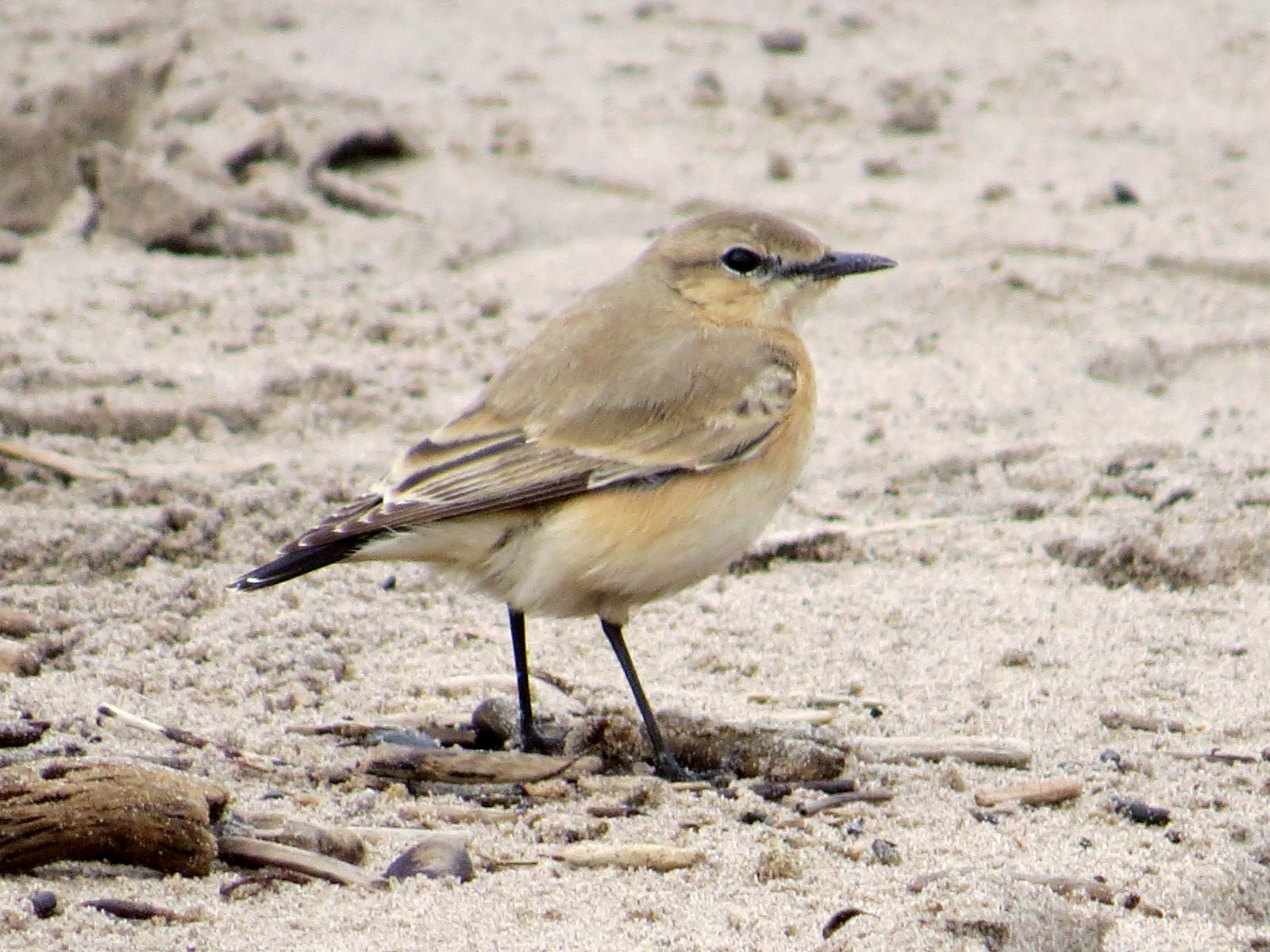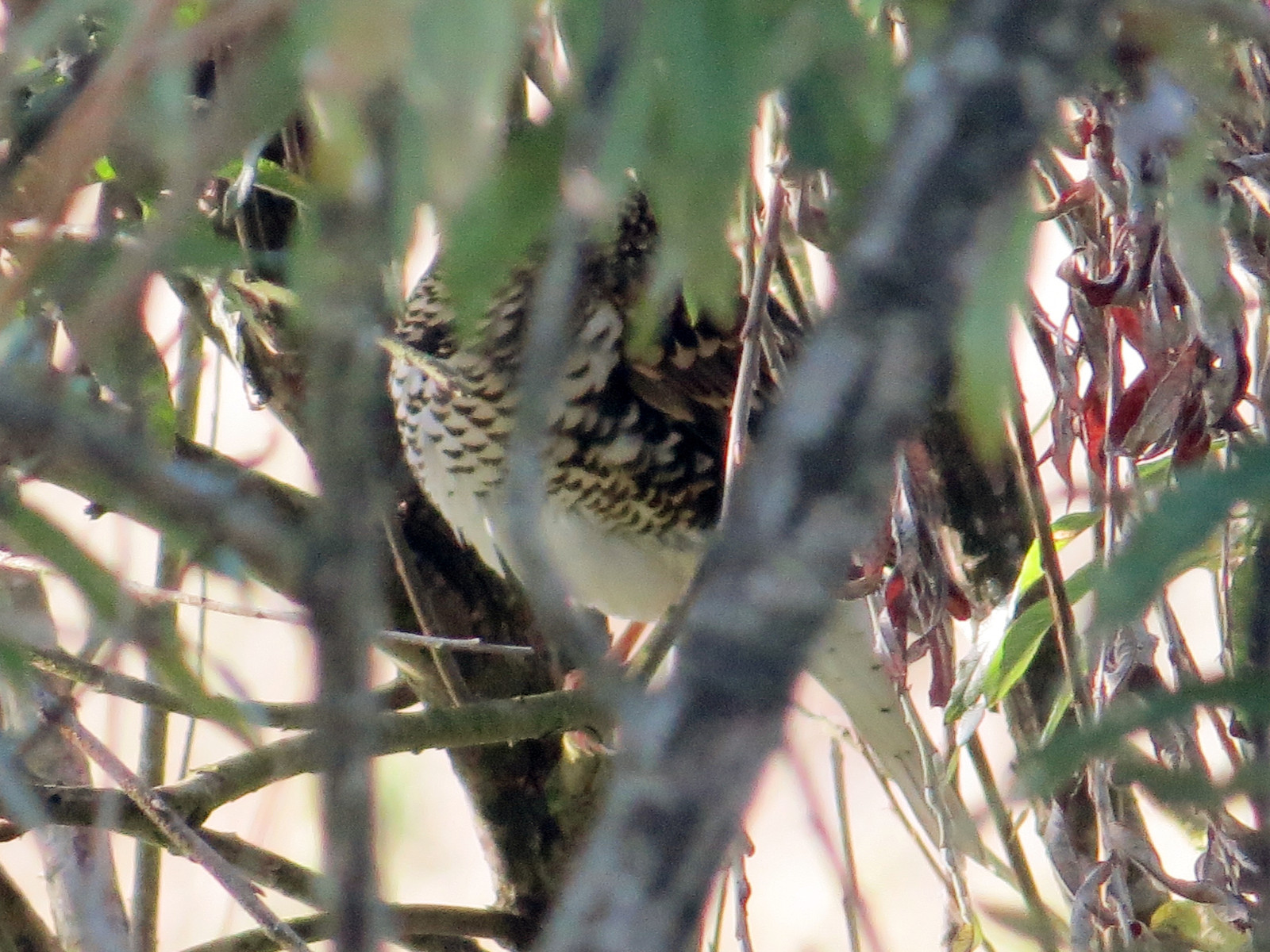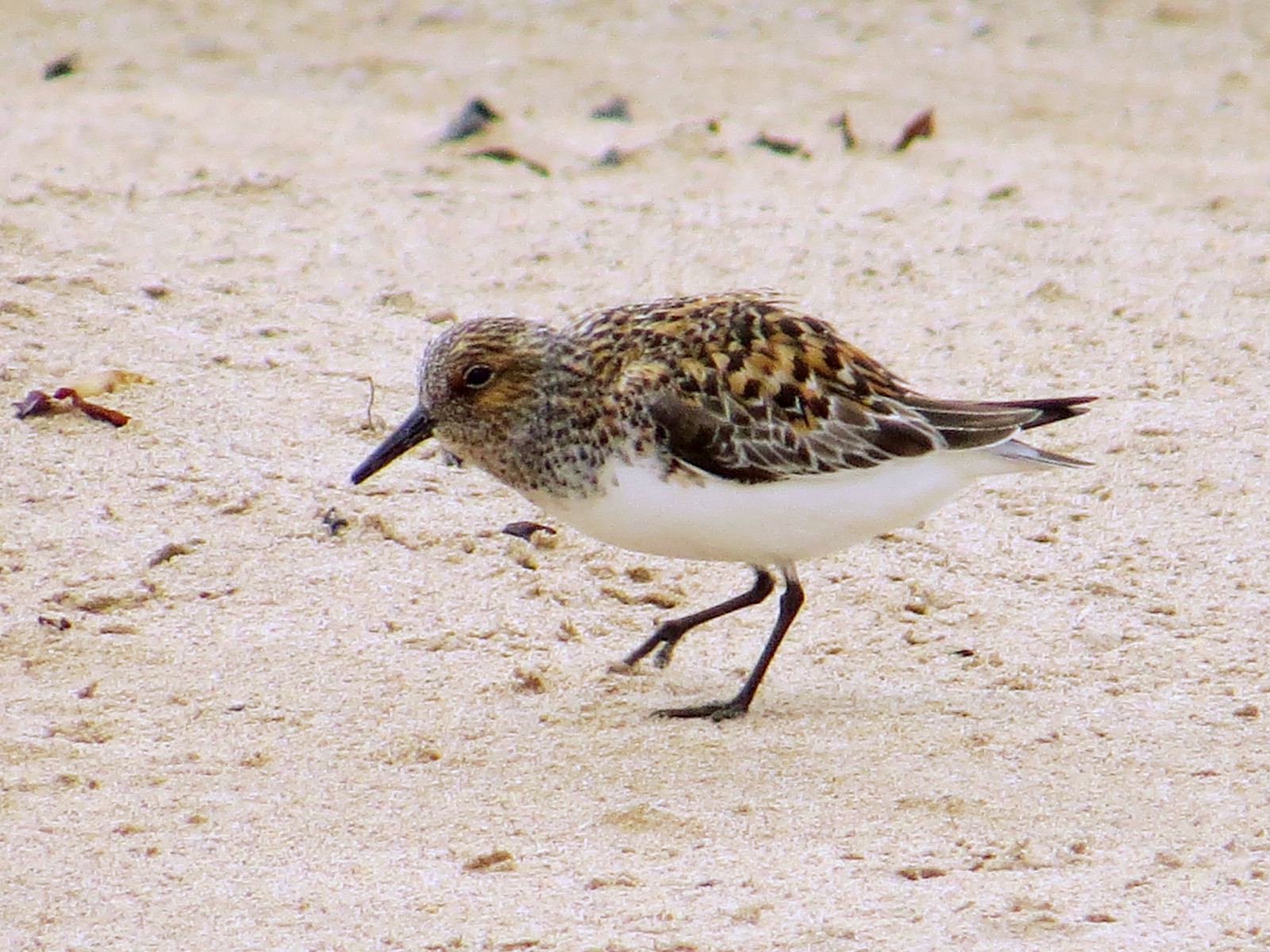Description
Holy Island is a tidal island off Northumberland’s coast that becomes inaccessible when the tide covers its causeway. When it is safe to cross the causeway, it is a great destination for birders. Holy Island is part of the Lindisfarne National Nature Reserve, and considered to be one of the best birdwatching sites in Northumberland, with a large range of resident and visiting birds throughout the year. It is a regional hotspot for migrants in spring and autumn. Check tide tables before visiting (see the link below).
The island and the adjacent mudflats are the wintering range for almost the entire Svalbard population of Pale-bellied Казарка чорна, and are also important for Гуменник короткодзьобий and Лебідь-кликун, along with large numbers of ducks (notably Галагаз євразійський, Свищ євразійський, Чирянка мала, Шилохвіст) and waders (Сивка морська, Побережник ісландський, Побережник чорногрудий, Грицик малий, Коловодник звичайний, and many others). In late May, the north shore is a major staging post for large flocks of Пісочник великий and Побережник білий heading for the high arctic, while Побережник червоногрудий and Побережник малий can often be found in late summer and autum. The large autumn flocks of Сивка звичайна in the fields are also worth checking carefully for regular vagrant Сивка американська; Сивка бурокрила has also been recorded several times.
In October and November, look for large arrivals of thrushes, mostly Дрізд білобровий and Чикотень, but also Дрізд співочий and Дрізд чорний, and a few Дрізд гірський; the fields around the Straight Lonnen often have the largest numbers. At the same time, the hedges on the Straight Lonnen and the scattered bushes in the dunes often have many warblers and chats, with Кропив’янка чорноголова, Вівчарик-ковалик and Горихвістка звичайна the most conspicuous, but also regularly other species like Вівчарик лісовий, Вівчарик золотомушковий, Кропив’янка рябогруда, Мухоловка мала, Мухоловка строката, and Синьошийка.
Recent rarities have included Гуменник, Tundra Bean Goose, Пірникоза червоношия, Мартин вилохвостий, Гагара білодзьоба, Кібчик червононогий, Сорокопуд сибірський, Сорокопуд чорнолобий,Вівчарик шелюговий, Вівчарик зелений, Вівчарик бурий, Кобилочка співоча, Кропив'янка пустельна, Шпак рожевий, White's Thrush, синьохвіст тайговий, Кам’янка попеляста, Вівсянка-крихітка.
Details
Access
Signposted east off the A1 at Beal; head east for 8 km on minor raod, across tidal causeway. Parking on left just before entering village. Limited parking off road in western part of the island. Nearest train station is Berwick, 12 km north. Possible to cycle but research before trying. On the map below you see a selection of walks around the island.
Terrain and Habitat
Scattered trees and bushes , Grassland , Wetland , Plain , Moors/heathland , Sea , Lake , Beach , Dunes , Reedbeds , Mud flats , AgricultureConditions
Flat , Open landscape , High water possible , SandyCircular trail
YesIs a telescope useful?
Can be usefulGood birding season
All year roundBest time to visit
Spring migration , Autumn migration , Winter , Spring , Autumn , SummerRoute
Paved road , Wide path , Unpaved road , Narrow trailDifficulty walking trail
Average walkAccessible by
Bicycle , FootBirdwatching hide / platform
YesExtra info
Holy Island is also known as Lindisfarne. Single bird hide overlooking The Lough (a small lake on the east side of the island). Viewpoint over small wetland (good for waders) on path from village to castle. Paths criss-cross the island and various circular walks can be made. Stay on marked paths as far as possible. Cattle graze the dunes. One site worth visiting is the Vicar's garden, in the SW corner of the village across the lane from the church (look over the wall from the adjacent pony field); vagrant warblers can be seen here after east winds in migration periods.



